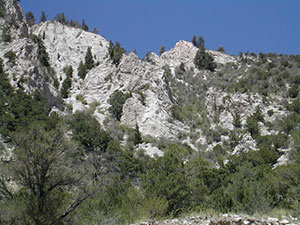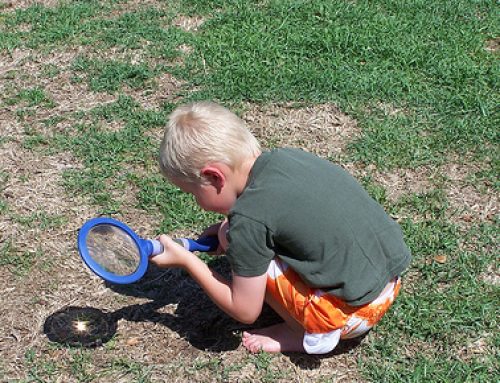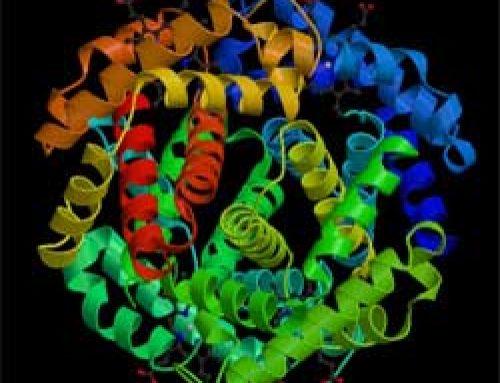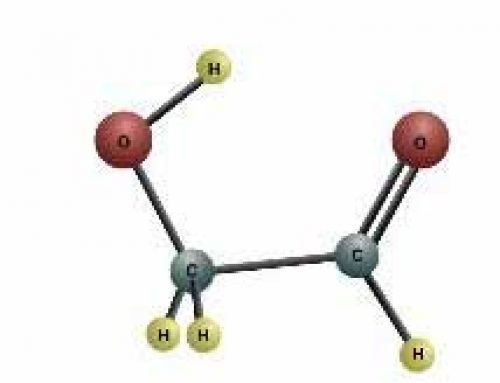
Ionic bond examples: Diagram of a molecule of salt, which uses an ionic bond
What is an ionic bond?
When atoms get close together, sometimes they form ionic bonds that stick them together into molecules. These ionic bonds are generally stronger than covalent bonds.
What’s a covalent bond?
Structure of an atom
What are molecules?
All our chemistry articles
Unstable atoms form ionic bonds
Some kinds of atoms, like sodium, have only one electron in their outside ring, which is an unstable situation. Sodium’s so unstable that if you add water to it it catches on fire! When those unstable atoms come near another unstable atom, they trade electrons until they find a more stable arrangement. Usually it’s a metal atom joining up with a non-metal atom.
What is metal?
More about electrons
An example of ionic bonds: sodium and chlorine
For instance, when sodium atoms come near chlorine atoms, the chlorine atoms are also very unstable, because chlorine is missing an electron to fill up its outer ring. So when they get together, the sodium atom’s extra electron jumps over to the chlorine atom. Then the chlorine atom is stable, and so is the sodium atom.
More about sodium
And about chlorine

Ionic bond examples: Chalk cliff in Cottonwood Canyon, Pueblo, Colorado
But the new stable atoms also have electrical charge, which they didn’t before. The old atoms had the same number of protons and electrons: sodium had eleven protons and eleven electrons, and chlorine had 17 protons and 17 electrons. The positive charge of the protons balanced the negative charge of the electrons.
What are protons?
What is electricity?
But after the reaction, the sodium atom has one more proton than electron, so it has a weak positive charge. And the chlorine atom has one more electron than proton, so it has a weak negative charge.
Just the way a negatively charged magnet pulls toward a positively charged magnet, a negatively charged atom (called a negative ion or anion) pulls toward a positively charged atom (called a positive ion or cation). This pull holds the sodium atom near the chlorine atom, making a molecule of salt. Salt is one of the most stable molecules on Earth.
More about salt

Ionic bond example: Evaporated sea salt
That’s because those same electric forces affect other nearby molecules of salt as well. Like magnets, any two positively charged chlorine ions will push away from each other, and so do two negatively charged sodium ions.
What is a magnet?
At the same time, the chlorine ions pull on any nearby sodium ions, and the sodium ions pull on any nearby chlorine ions.
With some atoms pushing away, and others pulling together, the molecules end up arranged into a stiff crystal framework. You need higher temperatures to melt or boil rocks and other things with ionic bonds than you do with covalent bonds.
Other examples of ionic bonds

Ionic bond example: Rusty razor blade
Most of the solid things in the universe – like rocks – use ionic bonds to hold themselves together. Quartz, talc, calcium chloride (sour salt), and baking soda are all held together with ionic bonds. Rust is also held together with ionic bonds, and so is fluoride.




